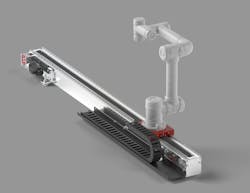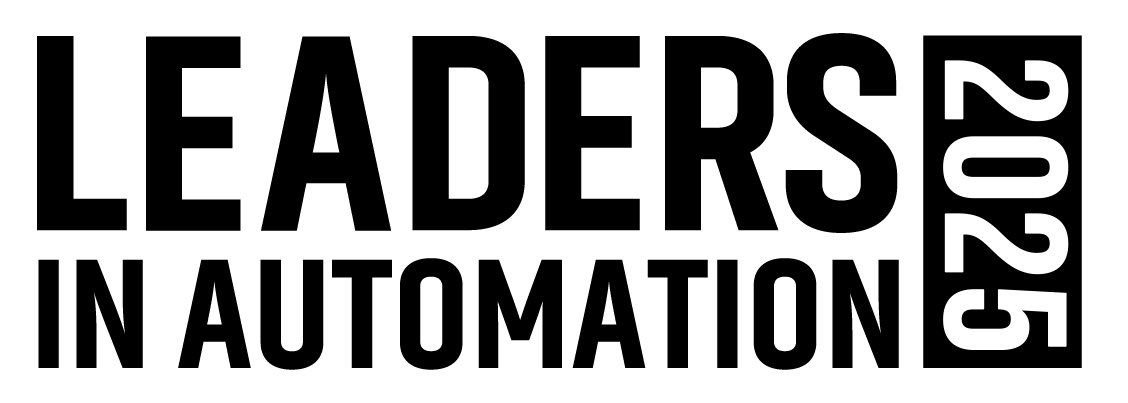The seventh axis for robotic applications is definitely having its moment. A few years ago, the seventh axis was not an aspect often discussed in robotic applications, as the focus then tended to be more centered on the effectiveness of four, five or six-axis robot arms and their industrial or collaborative bent. But the past couple of years has seen a dramatic increase in the number of seventh axis products coming to market.
If you’re not yet familiar with the seventh axis — often referred to as a robot transfer unfit (yes, another RTU, not to be confused with the better known remote terminal unit) — it’s essentially a linear track to which the robot arm is connected to move the robot from one location in a work cell or assembly line to another.
One company that is no newcomer to the seventh axis field is Güdel, a Swiss industrial automation company that has long-focused on developing tracks, axes and gantries for automated assembly.
The most recent release from Güdel is the Cobomover, a seventh-axis linear track designed for collaborative and lightweight robots to extend the working range of those robots up to 5 meters (16.4 ft). This enables robots mounted to the Cobomover to operate across multiple workstations and perform a variety of tasks without manual repositioning.
According to Güdel, the CoboMover is compatible with more than 60 cobots and small traditional robots, with mounting positions at 0° and 180°. The maximum payload of the Cobomover, including the robot’s weight, is 78 kg (172 lbs.). Available Cobomover stroke lengths are: 1000, 2000, 3000, 4000, and 5000mm, with a maximum speed of 2 m/s and a maximum acceleration of 2 m/s2, providing a repeatability of ± 0.05 mm.
The drive system on the Cobomover uses a toothed belt and Güdel’s HPG045 angular gearbox.
Güdel’s modular track system
In addition to the Cobomover, Güdel also recently introduced the TMF-4-B modular track system fitted with air bearings. While Güdel’s TrackMotion Floor (TMF) linear drive axes can move robots weighing up to six tons, the TMF-4-B was developed for the automotive body-in-white market for component handling and welding robots. According to Güdel, an integrator requested to move a precision paint robot in and out of place without installing embedded tracks in the floor.
The video below from Güdel shows the TMF-4-B in action.
Though it was originally developed for the automotive market, it can be used in other applications, as it has a one-size-fits-all axis to move a range of robots and comes with a configurator allowing users to configure the axis as needed. Güdel says the TMF-4-B solves two major production constraints for manufacturers: mobility within large workspaces and facility layout limitations.
A key feature of the TMF-4-B is that only five psi of air pressure is needed to enable the air bearing in the track to levitate it’s 3,800 lbs. of weight a half an inch above ground.
The video below features Güdel’s Matt Berch explaining 7th axis robot applications and how the air bearings in the TMF-4-B work.

